Political Impact on the UK Welfare State: A Historical Overview
VerifiedAdded on 2022/12/28
|12
|568
|61
Presentation
AI Summary
This presentation delves into the historical development and political perspectives that have shaped the welfare state in the United Kingdom. It begins by outlining the core concepts of a welfare state and then proceeds to examine the influence of various political parties, including the Labour Party and Conservative governments, on the evolution of social and economic policies. The presentation covers key periods such as the post-war era, the Thatcher years, and the New Labour period, highlighting the significant policy changes and their impacts on the British economy and society. The presentation examines the nationalisation of industries, the introduction of social security measures, the implementation of monetarist policies, and the efforts to reduce unemployment through public sector expansion. The presentation concludes by summarizing the key findings and emphasizing the crucial role of political perspectives in shaping the welfare state. The references provided offer additional reading for those seeking a more in-depth understanding of the topic.
1 out of 12
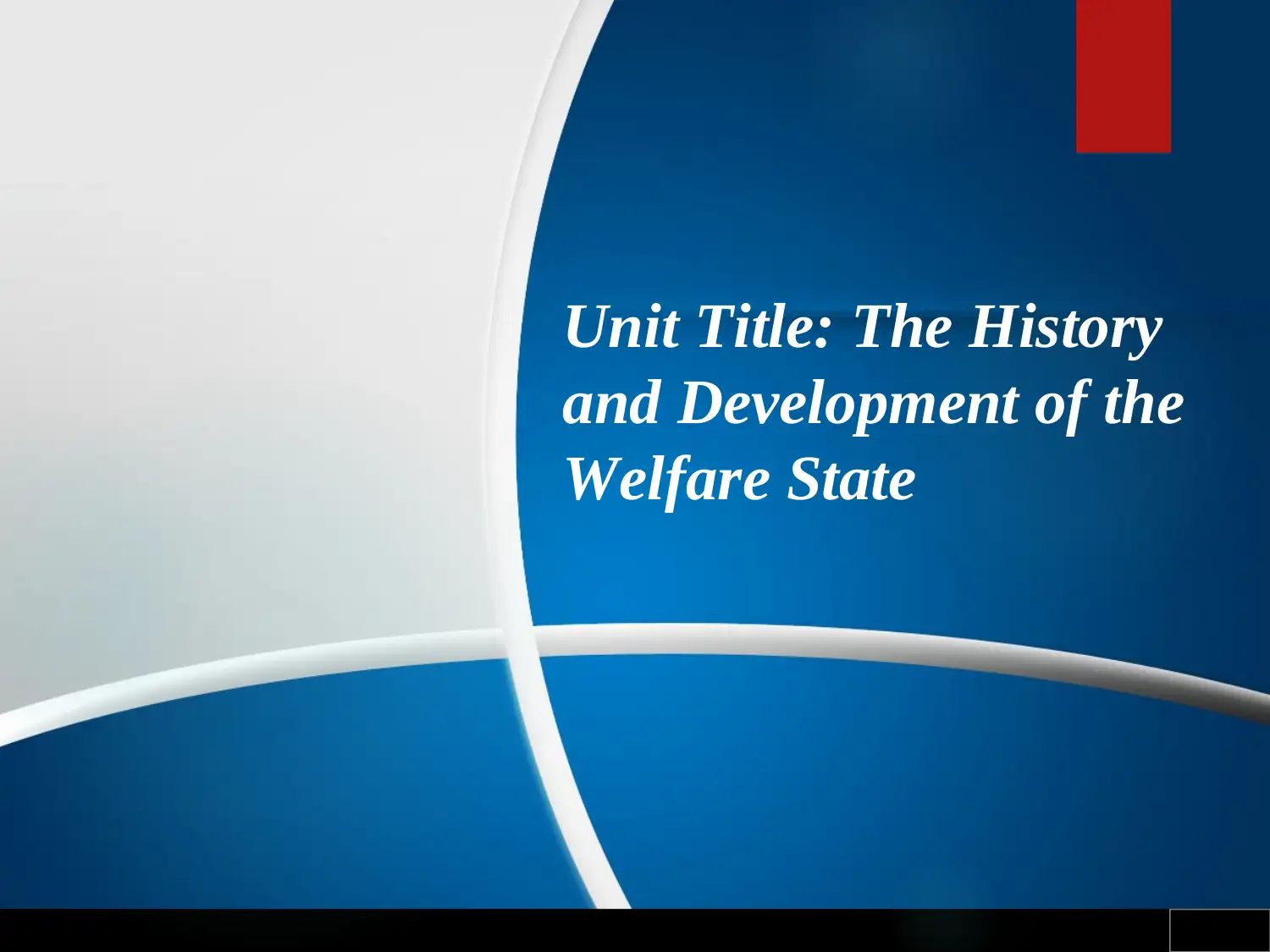
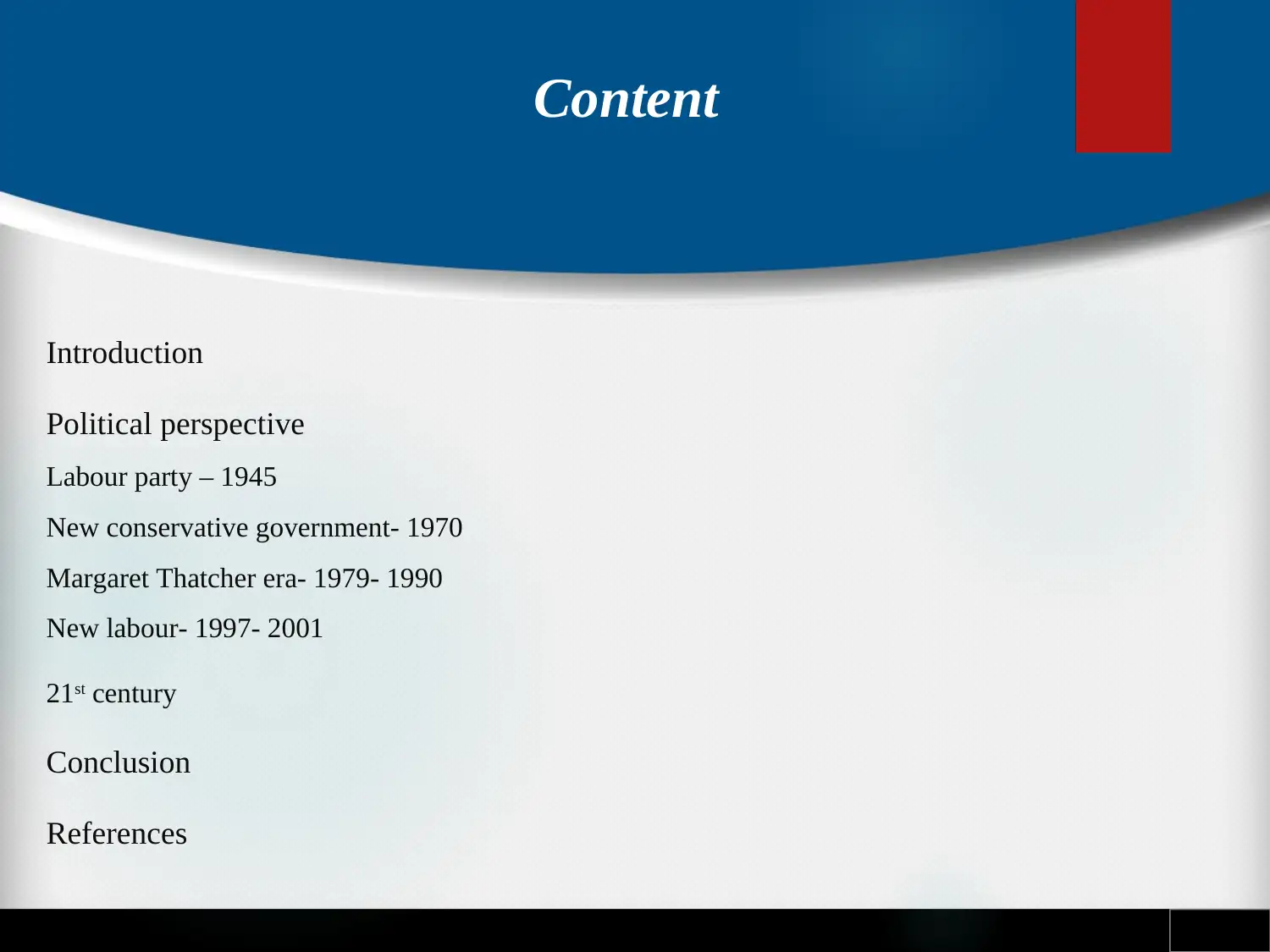
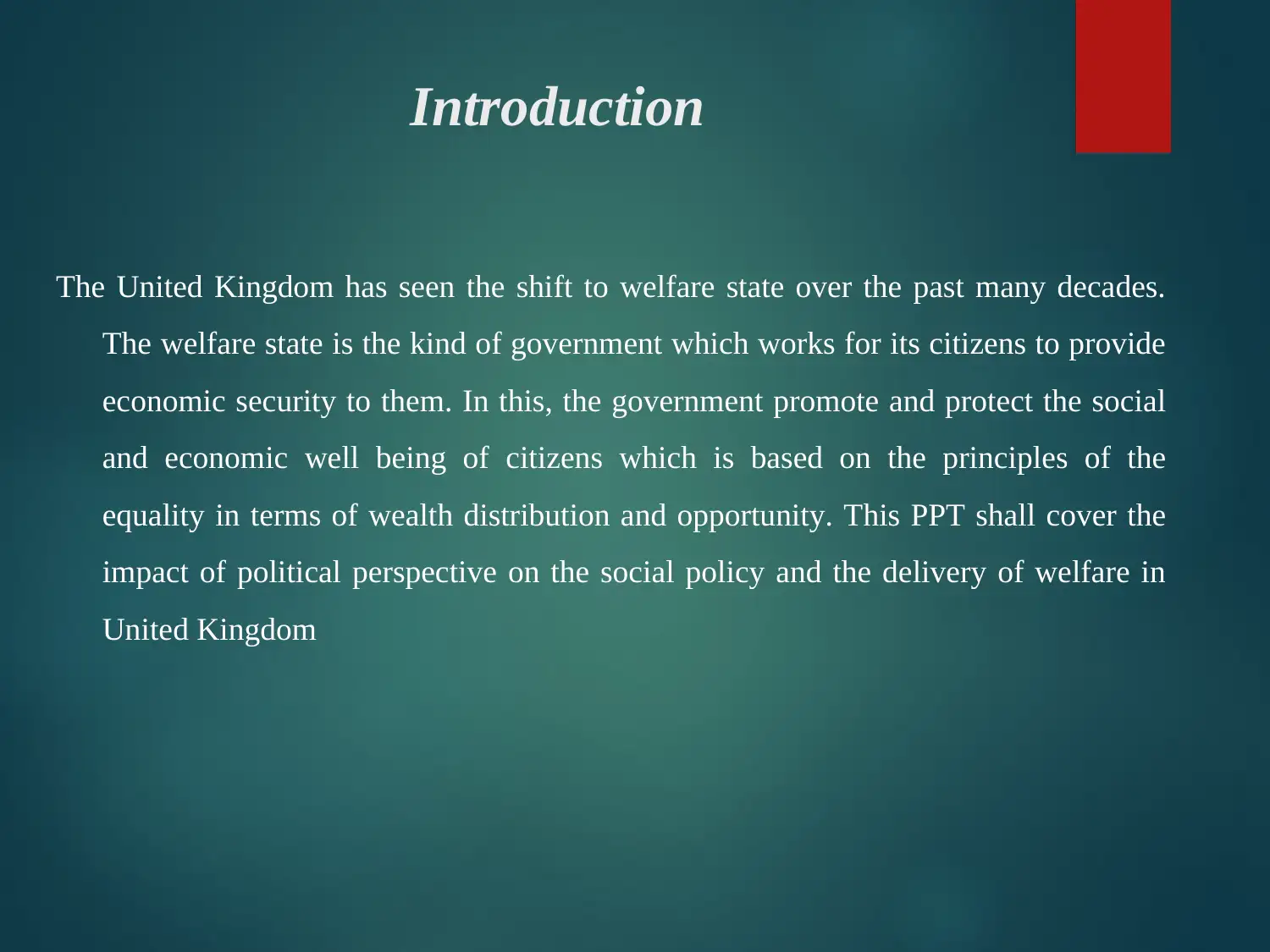

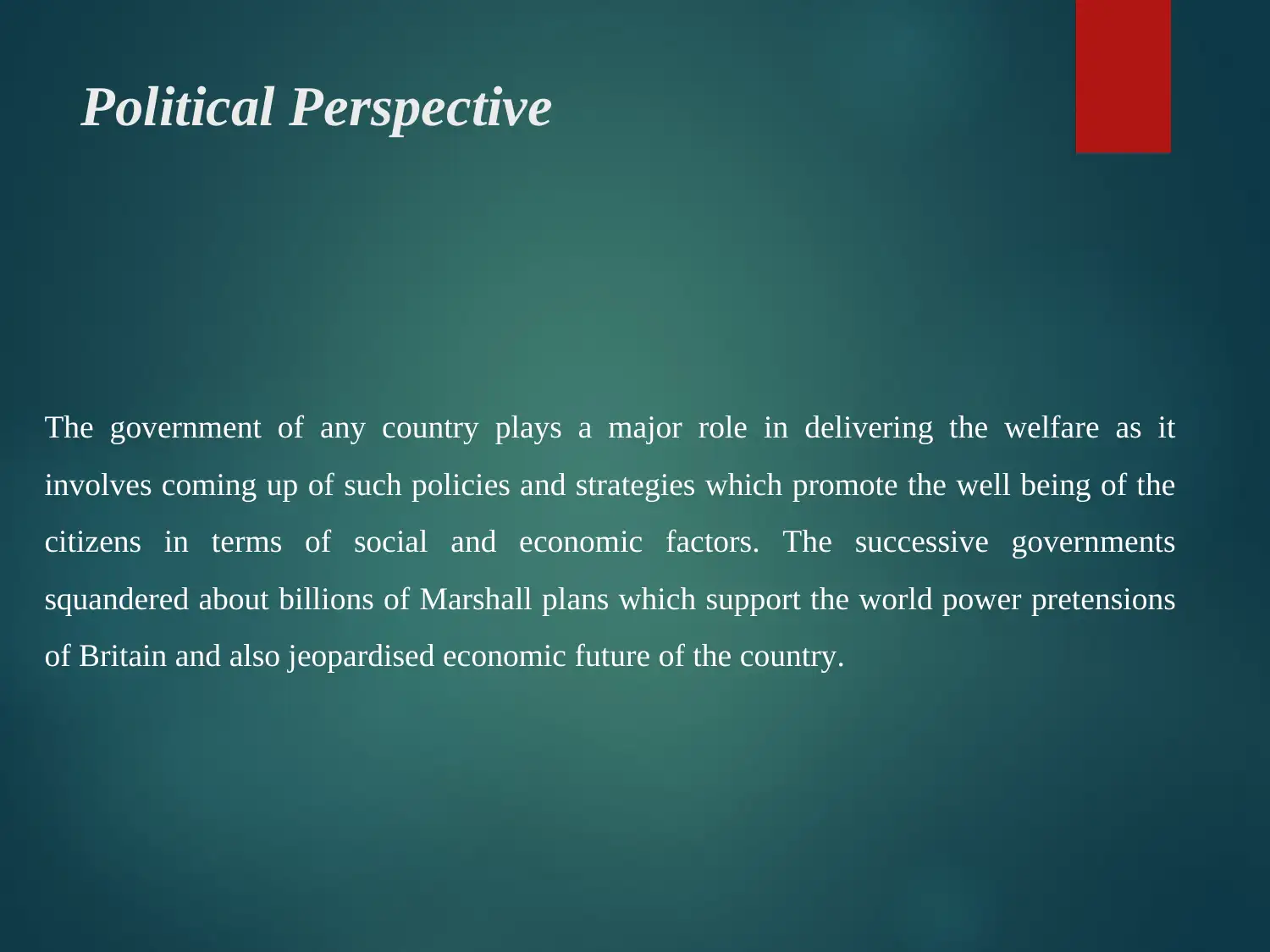
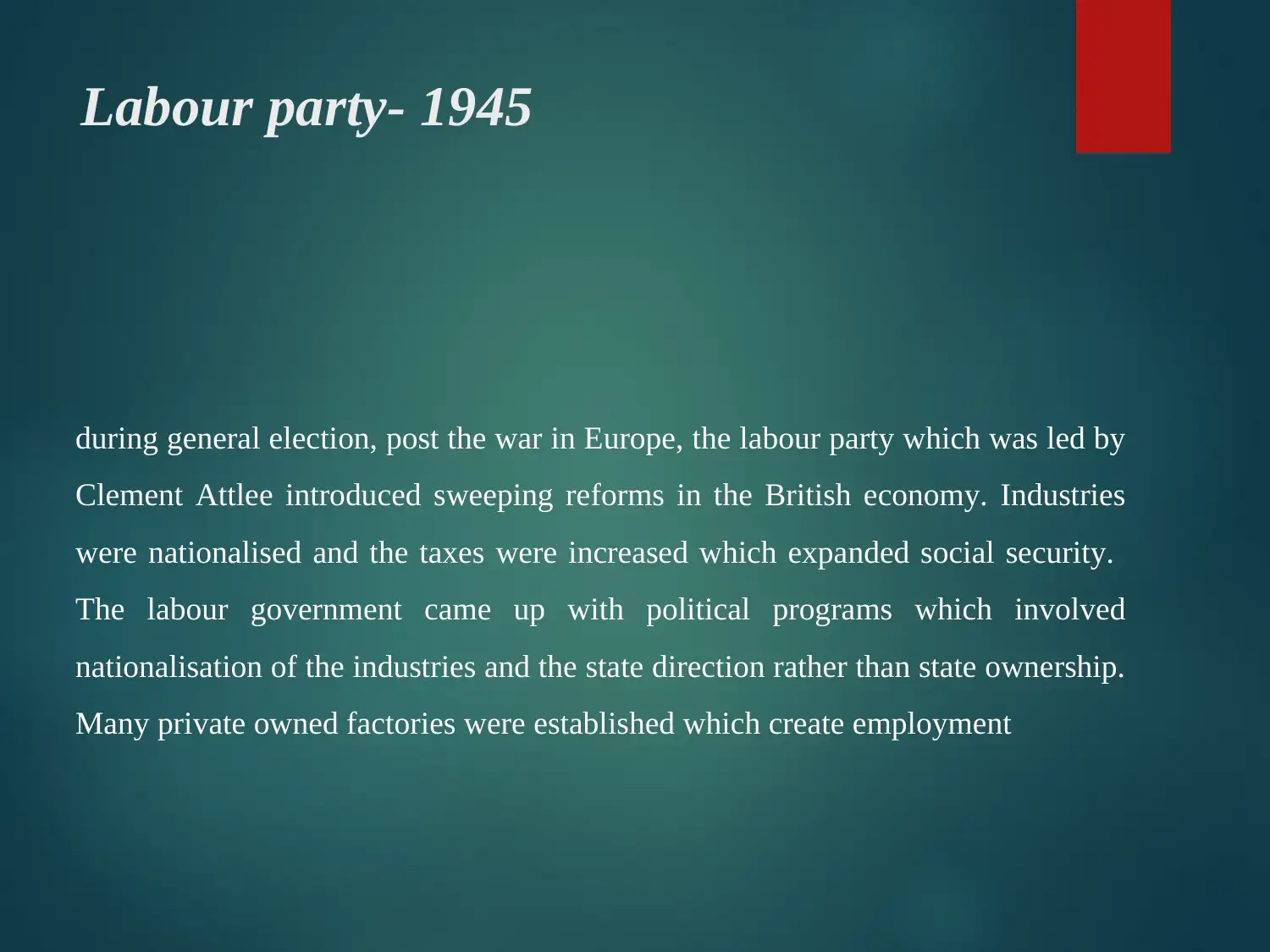
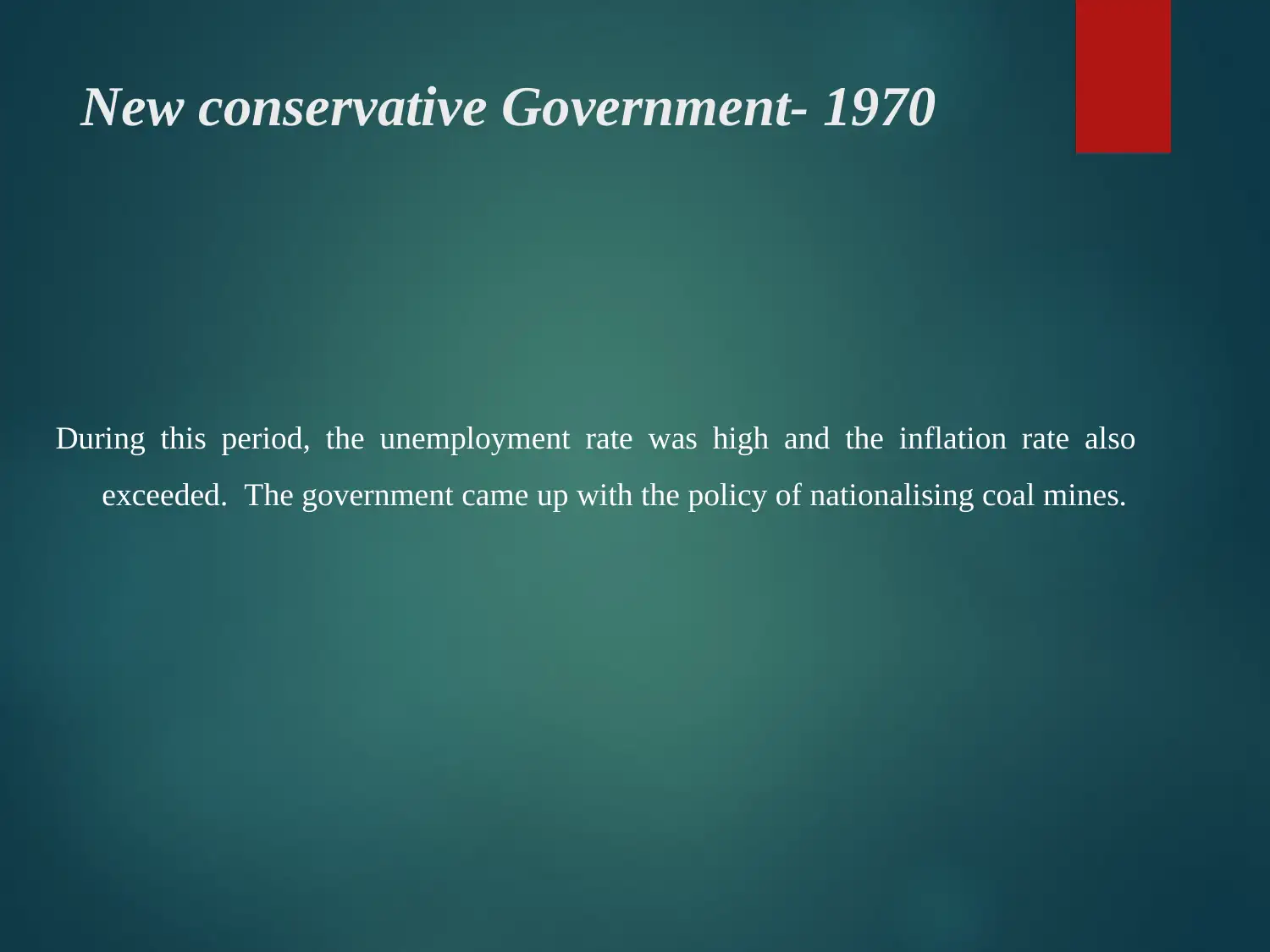
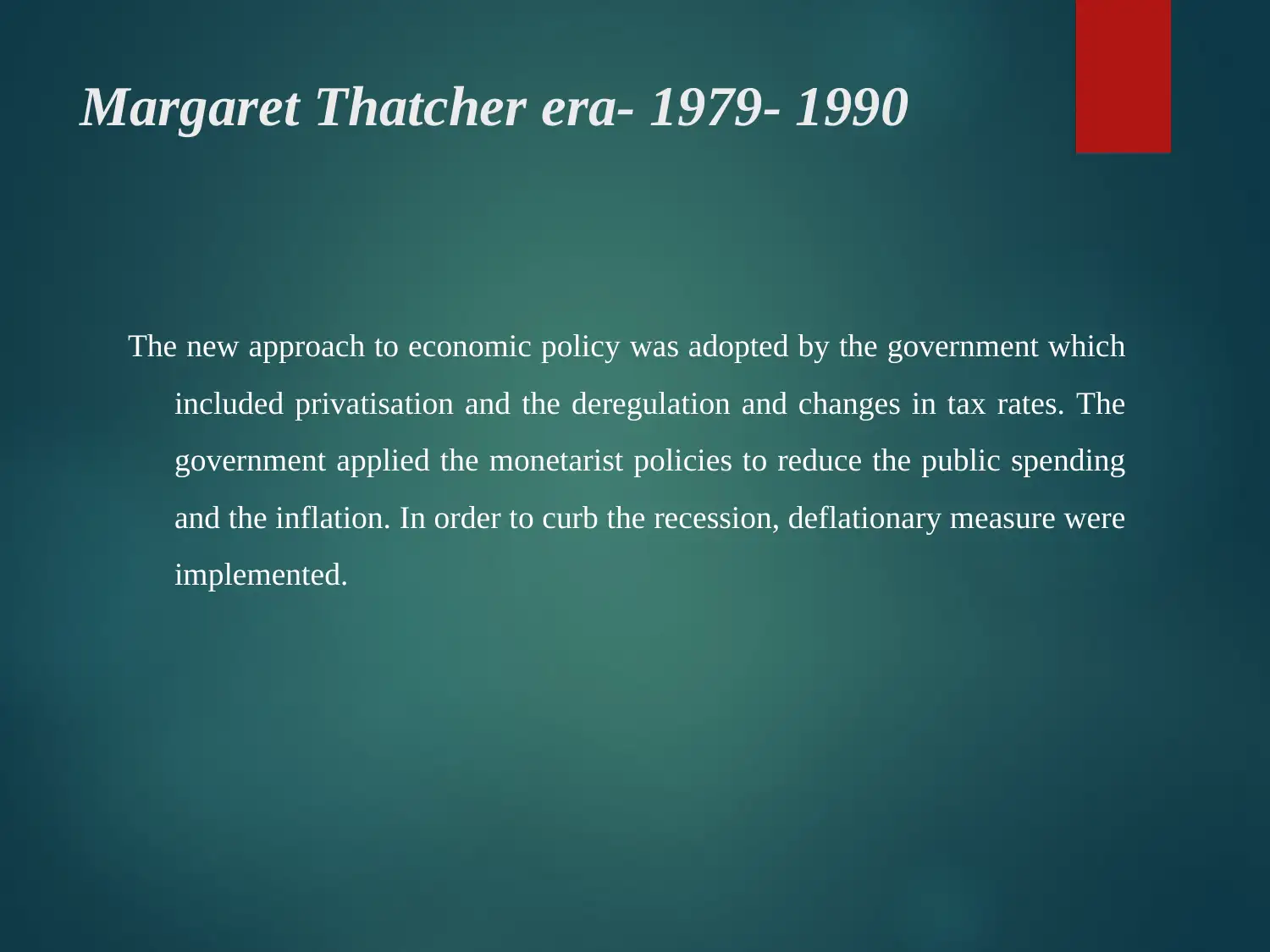
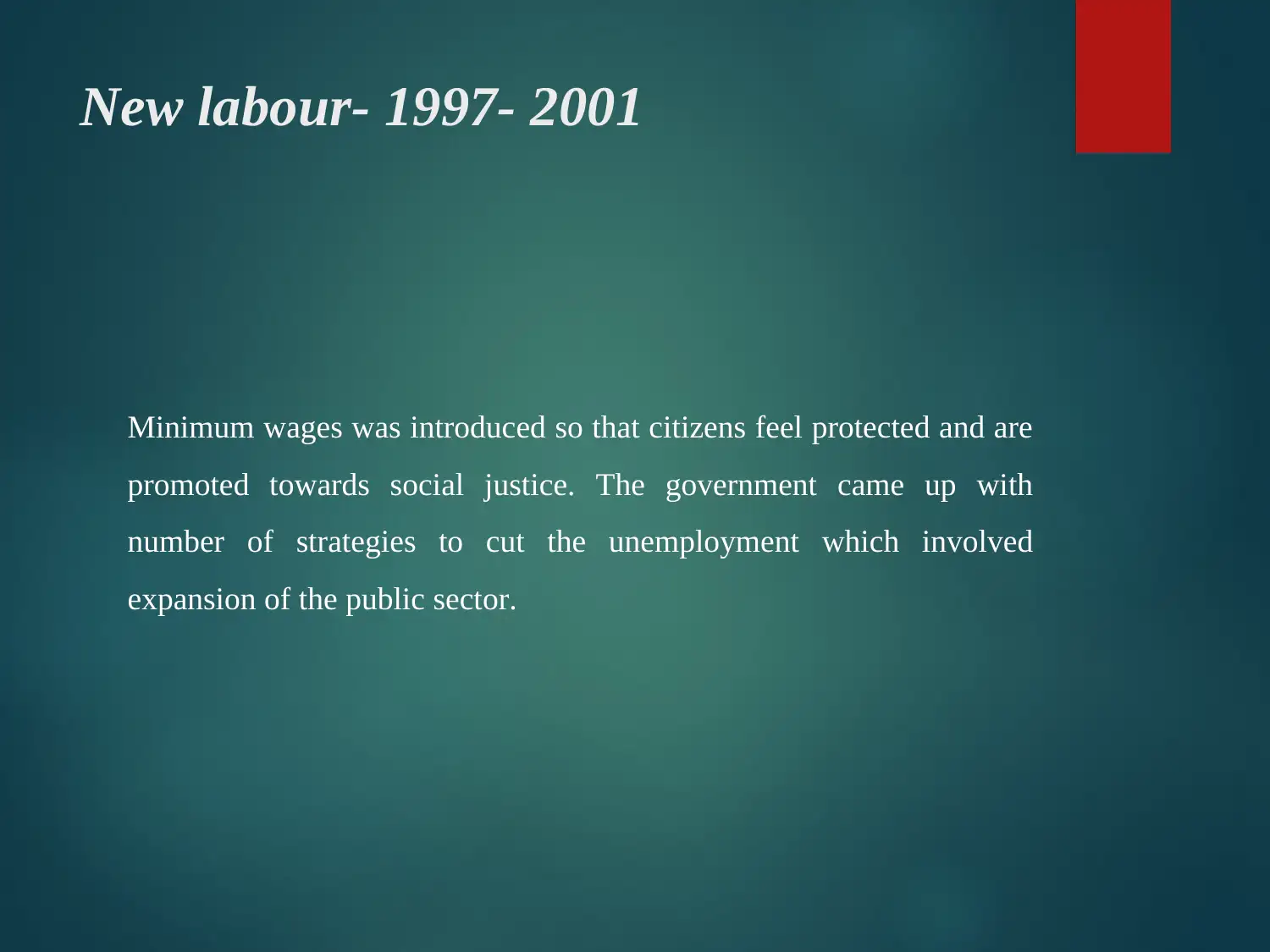
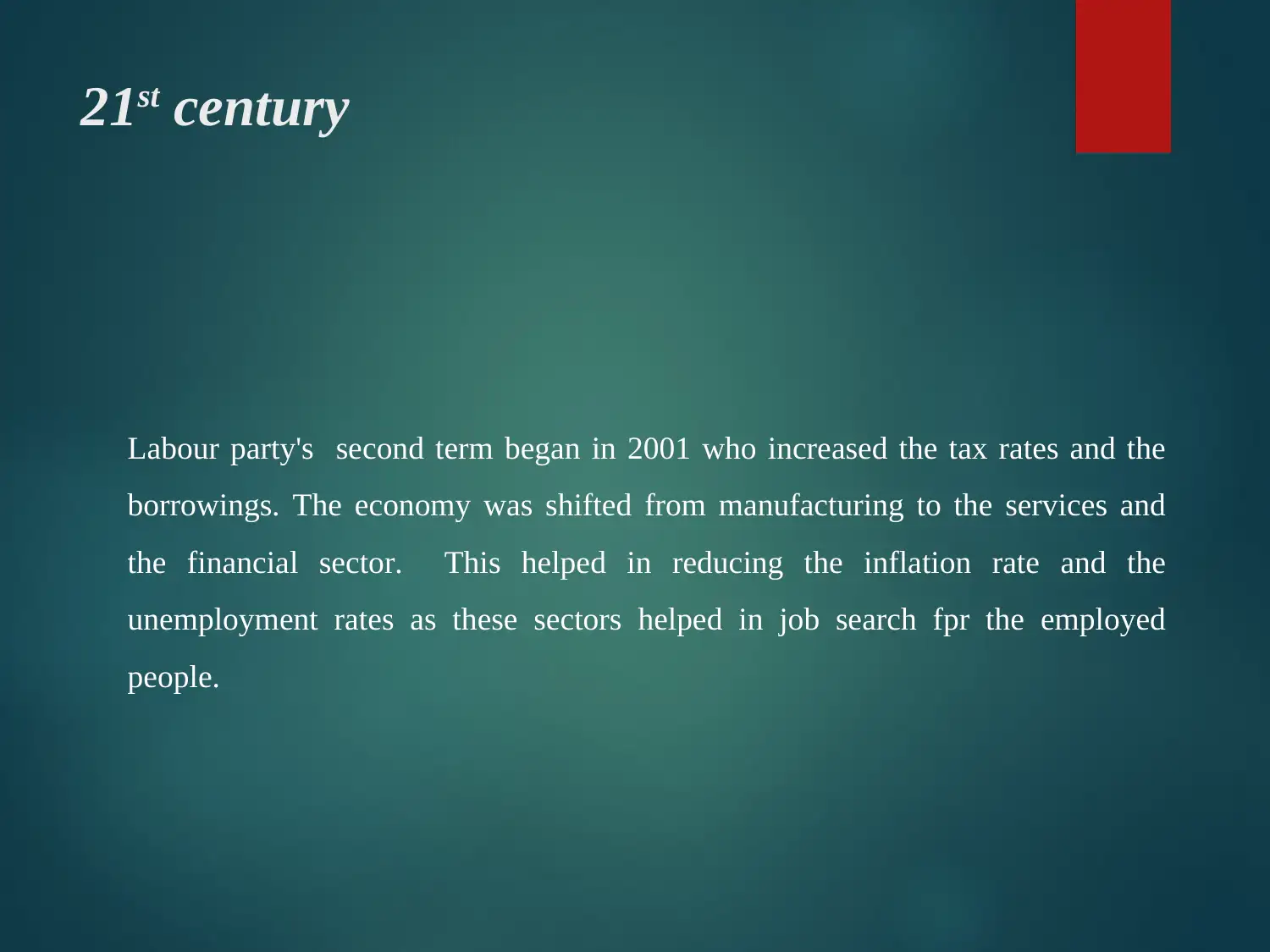
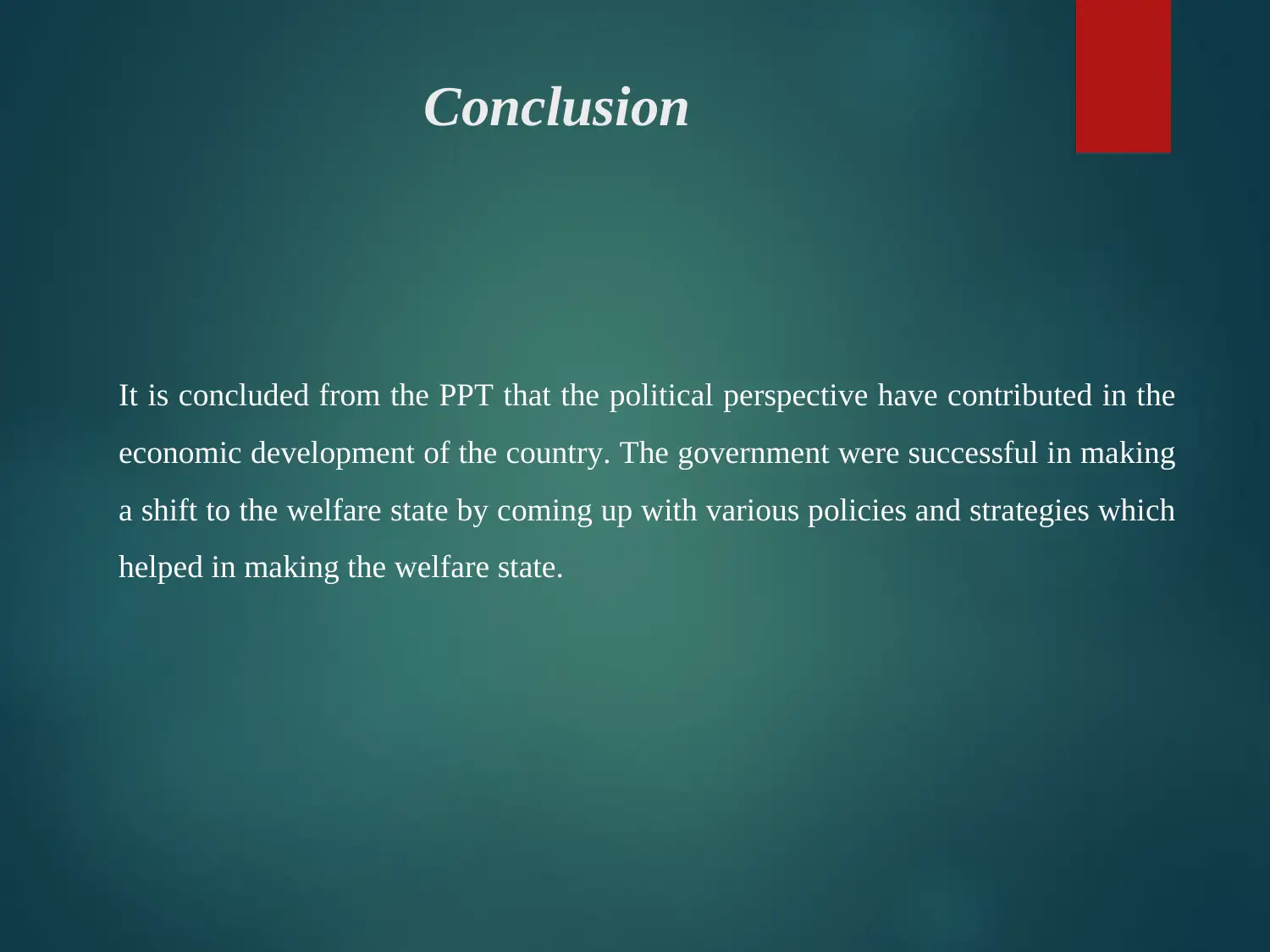
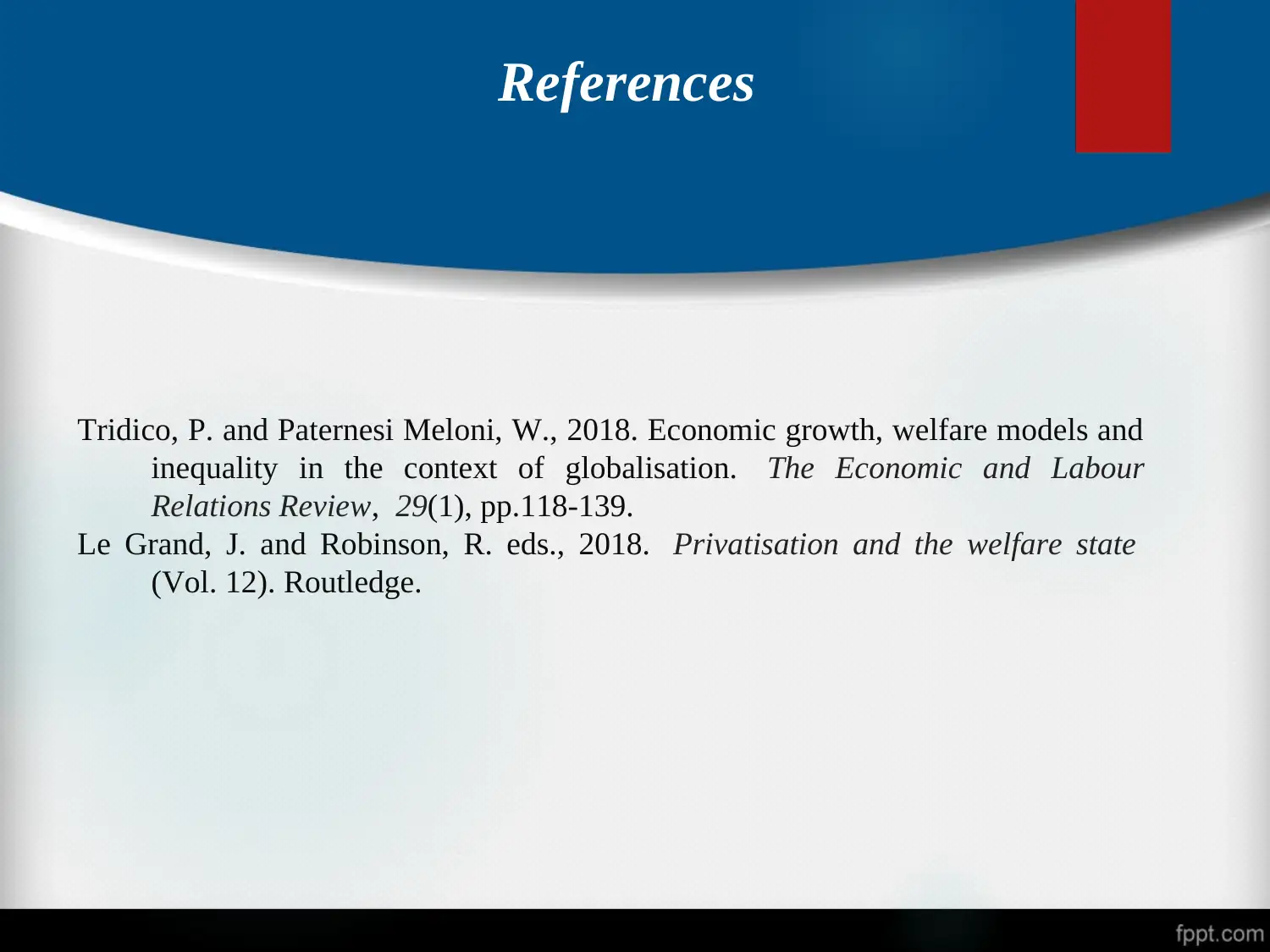







![[object Object]](/_next/static/media/star-bottom.7253800d.svg)